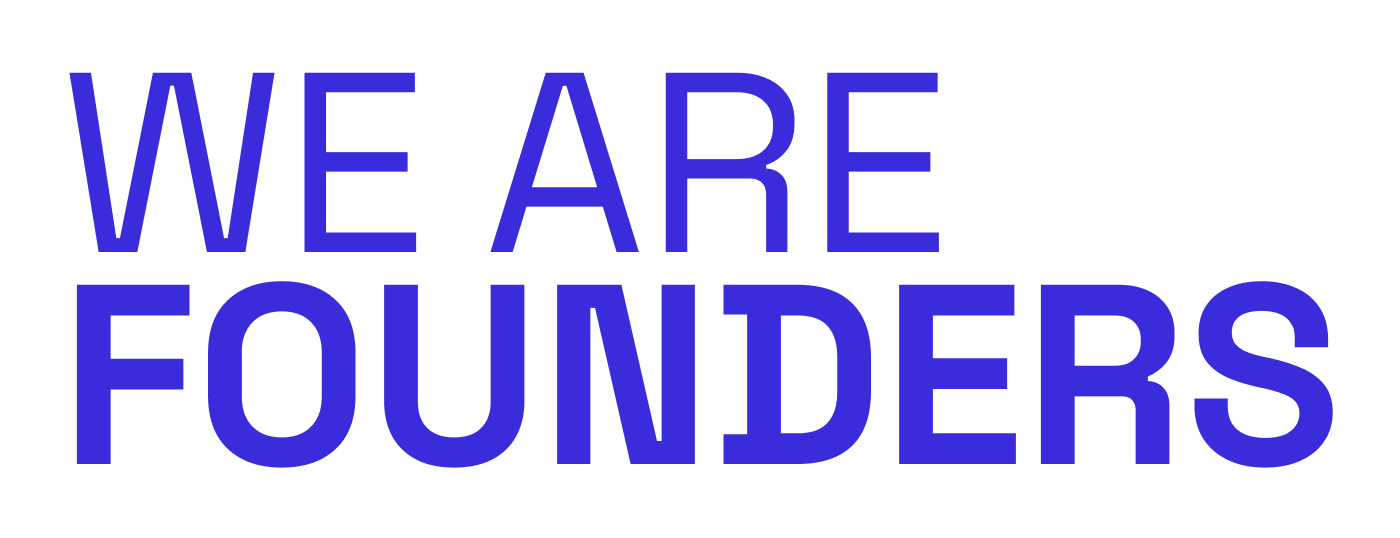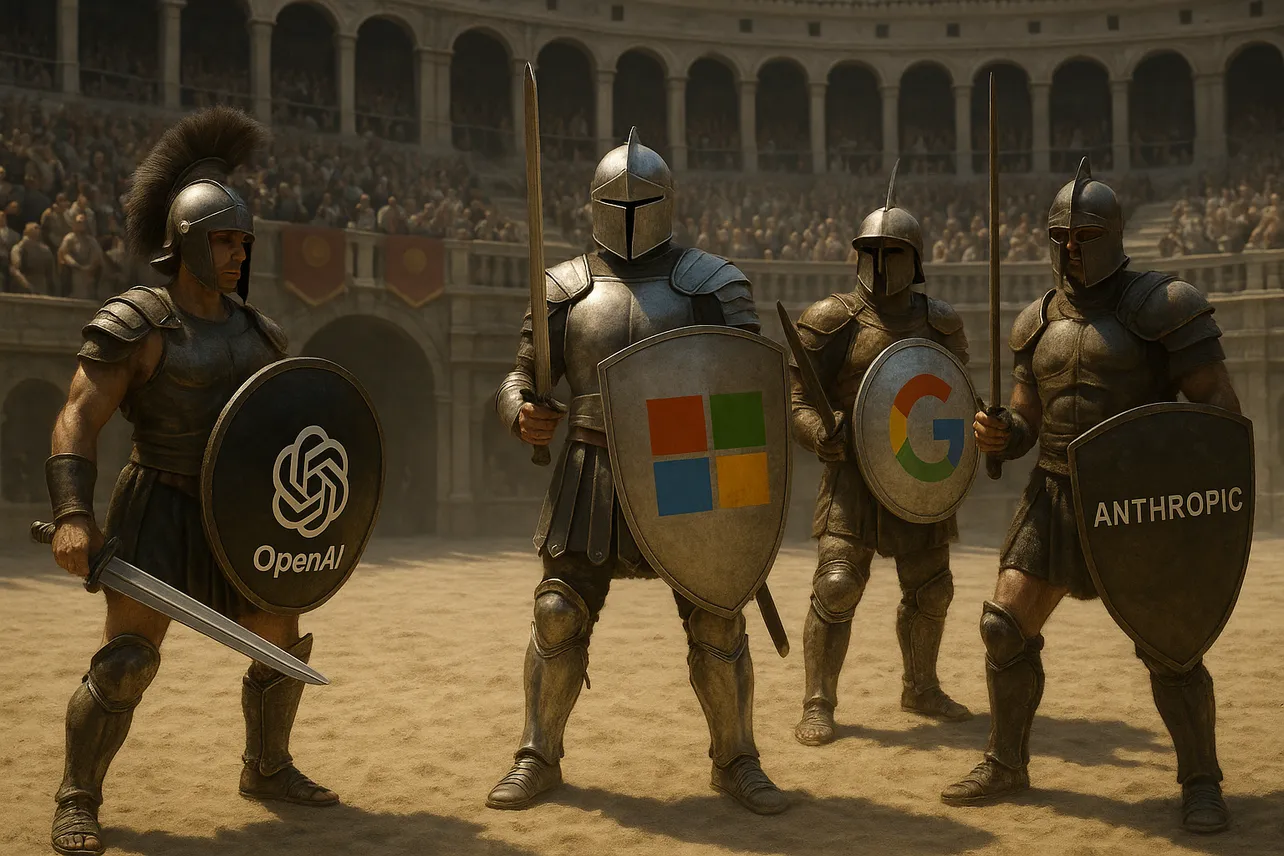If your tech newsfeed exploded one week last May with a dizzying volley of AI announcements from OpenAI, Microsoft, Google, and Anthropic, you weren't alone.
- OpenAI: Code-generating Codex
- Microsoft: Ambitious Model Context Protocol (MCP) for cross-platform AI
- Google:Gemini 2.5 Pro and Gemini Flash modelsReal-time Gemini Live assistantRevamped AI Search experienceImagen 4 image generationVeo 3 video creationNew XR hardware
- Anthropic: Deeper developer tooling focus with Claude
Phew! It was impressive.
But beyond the dazzling demos and keynote speeches, there was a powerful, unspoken narrative unfolding – a masterclass in strategic launch timing that every B2B founder should be studying.
Was this all a calculated play?
The Method Behind the May Madness: Why Then?
This synchronized assault on our attention spans wasn't random. Several critical factors converged to make this specific week in May the new AI battleground:
- The Google I/O Anchor: Google's annual developer conference traditionally claims this May slot, strategically placed to avoid a direct clash with Apple's WWDC in early June. It creates a natural focal point.
- The All-Important Enterprise Buying Cycle: This is the golden nugget for B2B players. Major product unveilings in late spring are perfectly timed to influence conversations around the 2026 budget cycle. Many large enterprises begin shaping their IT and strategic budgets for the next 18 months during the summer. These AI companies launched to ensure they were front-and-center as those critical evaluations and allocations began.
- Crafting the Earnings Story: For publicly traded giants, significant launches can positively shape investor perceptions and expectations leading into crucial quarterly earnings reports. With AI being such a hot topic, demonstrating momentum is key, especially for companies like Nvidia, which provides the underlying infrastructure for many of these advancements.
This confluence creates a narrow but potent window to command attention, ride the wave of H1 financial performance, and set the strategic agenda.
The Strategic Showdown: A Lesson in Competitive Timing
The choreography of the week was particularly insightful. OpenAI led with Codex, a powerful tool that, on any other week, might have dominated the news.
However, Google appeared to execute a classic counter-programming move. On the very same day Codex details emerged, Google I/O unleashed its own multifaceted wave of announcements.
It was a strategic flood, making OpenAI’s significant launch feel like a single (albeit impressive) drop in a much larger ocean. This tactic effectively reframed the narrative, positioning Google not just as a model builder, but as a comprehensive, system-wide AI platform provider.
Think of it as a "Barbie vs. Oppenheimer" scenario in the tech world:
- One player (OpenAI's Codex): Highly anticipated, strong brand, launched early with significant buzz.
- Another player (Google's I/O): Timed its broader, more diverse set of releases to strategically follow and, in doing so, frame itself as the more extensive, technically complete answer.
The Ultimate Takeaway for Founders: Your Launch Timing is a Strategic Weapon
While the technology itself was undoubtedly groundbreaking, the timing arguably won the week.
Each company brought incredible value, from Codex's engineering depth to Microsoft's interoperability standards with MCP, and Anthropic's sharpened developer focus.
But the real lesson here isn't just about what they launched, but when and why. This was a coordinated race to capture mindshare, shape industry perception, and deeply embed their solutions into the strategic planning and budget cycles of major enterprises for the crucial 18 months ahead.
For founders, especially in the B2B space, this is invaluable:
- Understand Your Customer's Clock: When do your ideal clients actually plan budgets and make major purchasing decisions? Align your significant launches with these windows.
- Leverage Industry Rhythms: Are there key industry events, financial reporting seasons, or competitor launch patterns you can strategically play off of (or avoid)?
- It's More Than Features: Your launch needs to tell a story that fits into your customer's longer-term strategic thinking.
The AI giants just gave us a free, high-stakes lesson in launch strategy. The question is, are you taking notes for your own playbook?



